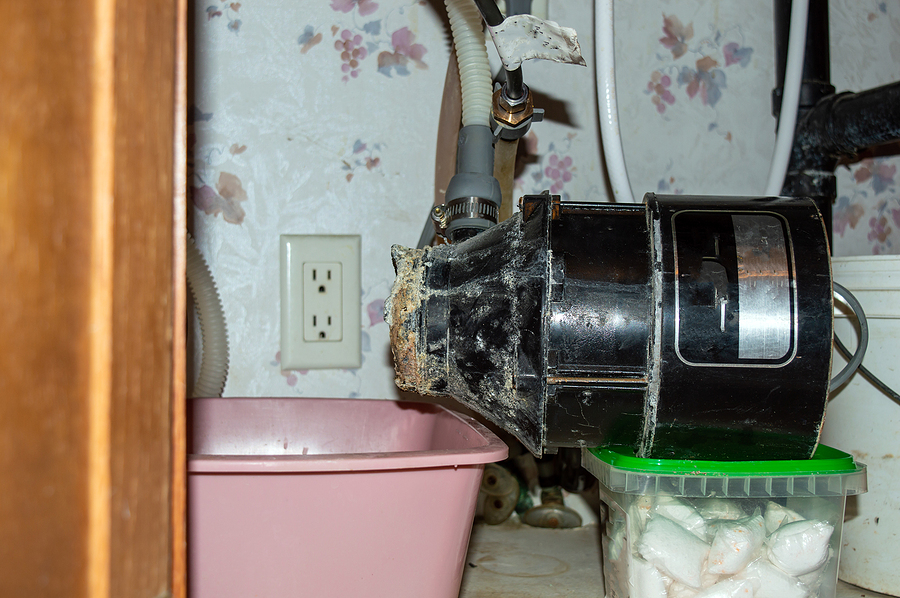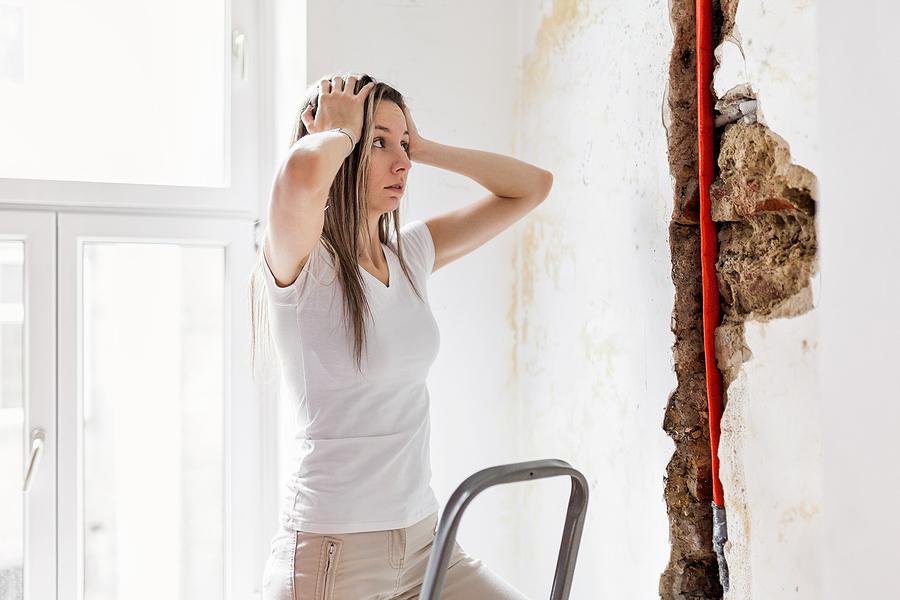The garbage disposal is one of the most hardworking appliances in your kitchen. It makes cleaning up after meals a breeze, efficiently grinding down food scraps and washing them away. But when it stops working correctly, that convenience can quickly turn into a major headache. A malfunctioning garbage disposal can lead to unpleasant odors, clogged sinks, and a significant disruption to your daily routine.
Understanding what might be wrong with your disposal and knowing how to address it can save you time, money, and frustration. This guide will walk you through common garbage disposal problems, offer safe troubleshooting tips, and help you recognize when it’s time to call in a professional. We’ll also cover top brands and maintenance practices to keep your unit running smoothly for years to come.

Common Garbage Disposal Problems
A broken garbage disposal can present itself in several ways. Identifying the specific issue is the first step toward finding a solution. Here are some of the most frequent problems homeowners encounter.
The Unit is Humming but Not Grinding
One of the most common complaints is a humming sound coming from the disposal without any grinding action. This usually means the motor is receiving power, but the blades are stuck. This is often caused by a tough piece of food waste, a foreign object like a piece of silverware, or a buildup of fibrous materials that have jammed the grinding chamber.
Leaks Under the Sink
Discovering a puddle of water in the cabinet under your sink is never a good sign. When it comes to your garbage disposal, leaks can originate from several places. The most common sources are a worn-out flange or seal at the top where the disposal connects to the sink, cracks in the disposal unit’s body, or loose connections where the dishwasher or drain lines attach. A leak isn’t just a nuisance; it can cause water damage, mold growth, and electrical hazards if not addressed promptly.
It Won’t Turn On at All
If your garbage disposal is completely silent and unresponsive when you flip the switch, there are a few potential culprits. The issue could be as simple as a tripped circuit breaker or a GFI outlet that needs to be reset. Many disposals also have a built-in reset button on the bottom of the unit that can pop out if the motor overheats. In more serious cases, it could indicate a faulty switch or a burned-out motor.
Water Drains Slowly or Not at All
When water backs up into your sink, it’s a clear sign of a clog. The blockage could be within the garbage disposal itself, caused by grinding improper items like pasta, rice, or coffee grounds, which can form a paste-like substance. Alternatively, the clog could be further down in your drain pipe or P-trap, which collects debris over time.
Book a Garbage Disposal Repair Assessment Now ✅
DIY Troubleshooting You Can Safely Try
Before you pick up the phone to call a plumber, there are a few safe troubleshooting steps you can take to potentially resolve the issue yourself. Safety first: always turn off the power to the garbage disposal at the circuit breaker before attempting any repairs. Never put your hand or any foreign object into the grinding chamber unless the power is completely disconnected.
For a Humming Disposal
If your disposal is humming but not grinding, the blades are likely jammed.
- Cut the Power: Turn off the power at the breaker box.
- Look for the Reset Button: Check the bottom of the disposal unit for a small red or black reset button. If it has popped out, press it back in.
- Use an Allen Wrench: Most disposals come with a small, hex-head wrench (or you can use a standard 1/4-inch Allen wrench). Insert it into the socket on the bottom center of the unit. Turn the wrench back and forth to manually move the blades and dislodge whatever is causing the jam.
- Remove the Obstruction: Using tongs or pliers (never your hands), reach into the grinding chamber from the sink opening and try to remove the object you’ve freed.
- Restore Power and Test: Turn the power back on and run cold water while you test the disposal.
For a Unit That Won’t Turn On
If there’s no sound or movement, start with the power source.
- Check the Reset Button: As mentioned above, press the reset button on the bottom of the unit.
- Inspect the Breaker Box: Go to your home’s main electrical panel and see if the circuit breaker connected to the garbage disposal has tripped. If it has, flip it back to the “On” position.
- Test the Outlet: If the disposal is plugged into a GFCI outlet (common in kitchens), press the “Reset” button on the outlet itself.
For Slow Draining
If your sink is draining slowly, try these steps.
- Run Cold Water: Turn on the disposal and run a strong flow of cold water for a few minutes to see if it can flush the partial clog.
- Use Ice and Citrus: Fill the disposal with a couple of cups of ice cubes and a few lemon or orange peels. Run the disposal with cold water. The ice can help scrape debris from the blades, while the citrus peels help deodorize the unit.
When to Call a Professional Plumber
While some issues are simple to fix, others require the expertise of a qualified plumber. Attempting complex repairs without the proper knowledge or tools can be dangerous and may cause further damage. It’s time to call a professional if you encounter any of the following:
- Persistent Leaks: If you’ve tightened connections and still see water, it could indicate a cracked housing or a failed seal that needs professional replacement.
- Recurring Clogs: If your disposal clogs frequently despite proper use, there may be an underlying plumbing issue that a professional needs to diagnose.
- Electrical Problems: If you’ve tried resetting the unit and checking the breaker with no success, the problem could be with the motor or wiring, which is a job for an expert.
- Loud, Unusual Noises: Grinding, metallic noises that aren’t caused by a simple jam could signal a broken internal component.
Top Garbage Disposal Brands to Consider
If your unit is beyond repair, you’ll need a replacement. Look for brands known for their reliability and performance. Some of the most trusted names include:
- InSinkErator: As the inventor of the garbage disposal, this brand is a market leader known for its powerful and durable Evolution series.
- Waste King: Offering high-speed motors and long warranties, Waste King is a popular choice for its performance and value.
- Moen: Known for its quality kitchen and bath fixtures, Moen also produces reliable and quiet garbage disposals.
Maintenance Tips for a Longer Lifespan
Proper care can significantly extend the life of your garbage disposal.
- Use Cold Water: Always run cold water when using the disposal. Hot water can liquefy grease, causing it to build up and clog your drains later.
- Avoid Problematic Foods: Never put fibrous materials (celery stalks, corn husks), starchy foods (pasta, rice, potato peels), or grease and oil down the disposal.
- Cut Scraps into Small Pieces: Large pieces of food can jam the unit.
- Clean it Regularly: Freshen up your disposal by grinding ice cubes and citrus peels periodically.
Key Takeaways
Your garbage disposal is a key component of a functional kitchen. Understanding how it works and how to care for it can prevent many common problems. While DIY fixes are often possible for minor issues, knowing when to step aside and call a professional is crucial for your safety and your home’s plumbing. Regular maintenance and mindful use will ensure your disposal serves you well for many years.
If you’re in the Indianapolis area and facing a garbage disposal problem you can’t solve, our team of expert plumbers is ready to help. Contact Us Today for fast, reliable garbage disposal repair and replacement services.
Related Post: The Key Benefits of Installing a Garbage Disposal









